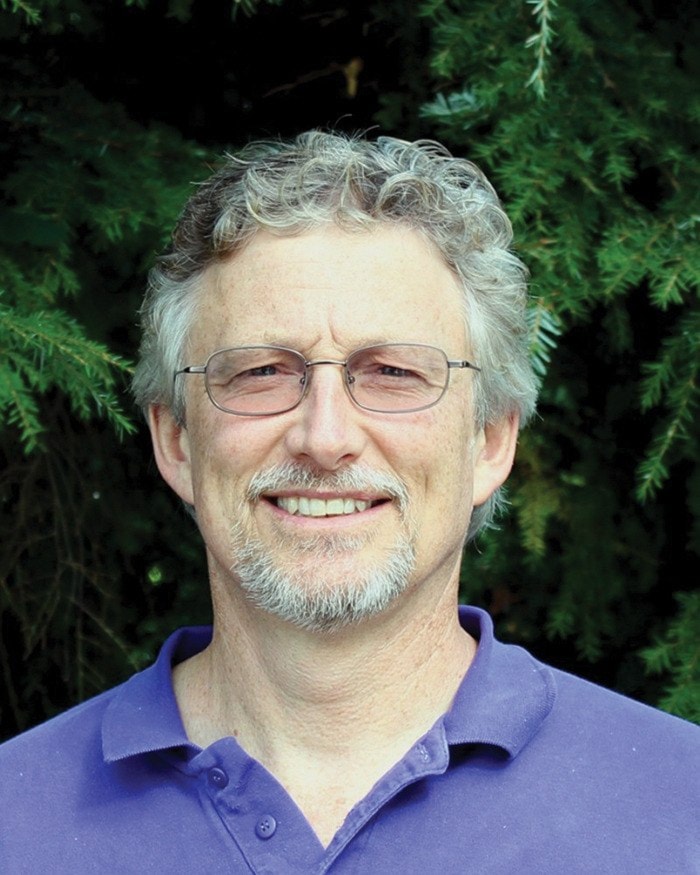Jeff NagelBlack Press
Many B.C. residents were jolted awake late Tuesday night, Dec. 29, by a small earthquake that briefly rattled homes across much of Vancouver Island and the Lower Mainland. But what might have been the outcome if the quake was moved closer to Victoria or Vancouver, and closer to the surface?
The magnitude 4.3 quake at 11:39 p.m. was centered about eight kilometres east of Sidney, between Victoria and Vancouver, according to Earthquakes Canada.
The shaker lasted for just several seconds but stirred fears that it could just be the start of a much more serious quake, or might be followed by significant aftershocks. Neither scenario materialized. Nor was any tsunami warning issued.
Social media was deluged with individual reports of what the quake felt like, with some saying they first thought a vehicle slammed into their home.
Natural Resources Canada said it had received no reports of significant damage and none would be expected.
Many people felt their beds shake, heard dressers or windows rattle, and many small objects in homes were tipped over.
SFU geologist Brent Ward, who chairs the university’s earth sciences department, said it was a crustal earthquake about 50 to 60 kilometres beneath the surface.
Crustal quakes are much more common and closer to populated areas than massive 8.0-plus subduction zone quakes – often dubbed the Big One – that strike every few hundred years well off the west coast and would cause far-reaching damage.
“Of a bigger concern are these crustal earthquakes because we get them in a much higher frequency,” Ward said.
He said larger crustal quakes than last night’s – in the 6 to 7 range – hit every 50 or 60 years in B.C. and the next one could be severe if it’s closer to the surface and near large numbers of people.
“If it was only 10 kilometres deep the shaking would have been a lot more intense,” Ward said.
A 7.2 crustal quake near Courtenay in 1946 caused extensive landslides, soil liquefaction and damage to brick buildings.
Ward noted B.C.’s population at risk is much larger now.
“You can imagine if we got a 7.2 earthquake underneath a populated part of Vancouver Island, there would be significant damage and there would definitely be fatalities.”
When B.C. released its new earthquake response plan earlier this year it did not model its worst-case scenario on a megathrust subduction zone quake, but rather shallow crustal earthquakes directly under our big cities.
The result: an estimated 10,000 dead in Metro Vancouver, 128,000 seriously injured and 30 per cent of buildings receiving extensive damage in the event of a 7.3 magnitude crustal quake directly beneath Vancouver.
A similar scenario of a 7.0 quake beneath Victoria yielded an estimate of up to 1,500 dead and 19,000 injured.
